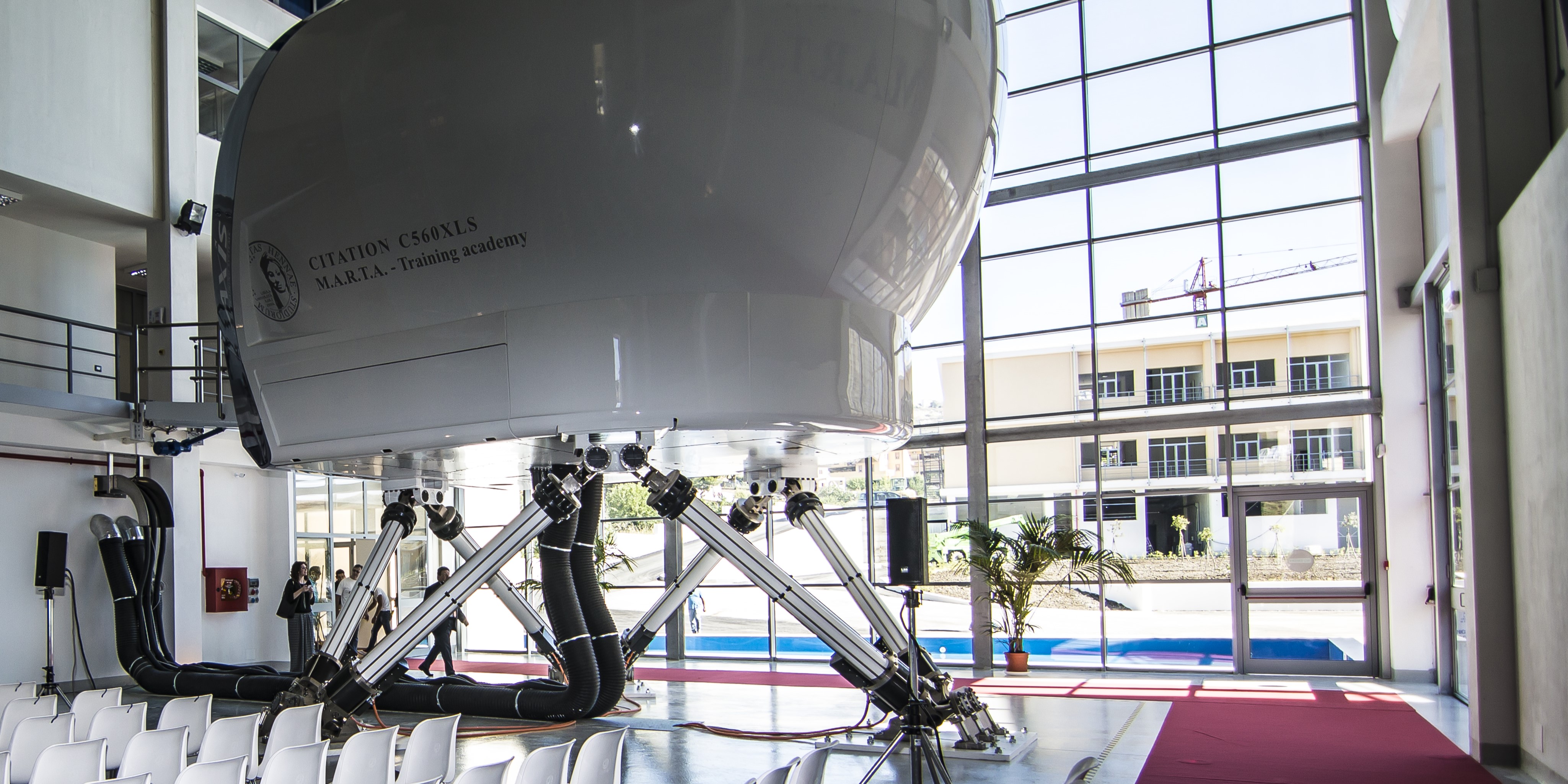
On the high velocity impact of composite fragments against a Hopkinson Bar: experimental and numerial study
Please login to view abstract download link
The role of composite materials has been crucial to reduce aircraft gas emissions. However, one critical challenge is their vulnerability to impact, particularly in the perpendicular direction of the laminate. While the impact onto composite materials of quasi-rigid bodies (e.g., metal fragments) or highly deformable bodies (e.g., hail, birds) has been extensively studied, the impact of composite fragments to composite plates remains relatively unexplored. This gap in knowledge becomes crucial as new engine designs, often incorporates composite materials, and the potential risk of open rotor failure may increase the frequency of these kind of events. In this study, as a first step to study this problem, composite fragments, fabricated using plain woven prepregs, were launched at impact velocities ranging from 70 to 180 m/s using a gas gun system. The fragments impacted onto an instrumented Hopkinson bar made of High Strength steel, equipped with semiconductor strain gauges to measure the strain pulse during impact. This test has been used to firstly, analyze the failure process of a composite material when acts as an impactor measuring its induced impact force; and secondly to be used as a simplier case to validate a numerical model. In particular, a finite element model has been developed in Abaqus/Explicit to validate the proposed constitutive behaviour that describe the behaviour of the woven composite including the strain rate dependence on mechanical properties. In the experimental campaign, the use of high-speed cameras allows to perform 3D Digital Image Correlation (DIC) to capture displacement and strain fields of the fragment impactor. This information and the impact force obtained in the Hopkinson bar will be compared with the numerical model derived. The present study provided insights into the behavior of composite materials under high-velocity impacts, contributing valuable knowledge to enhance the safety and reliability of aircraft structures in the aeronautical and aerospace industries. Moreover, the implementation of strain rate dependence is shown to be essential to correctly reproduce the impact process of a CFRP laminate against a rigid target.
